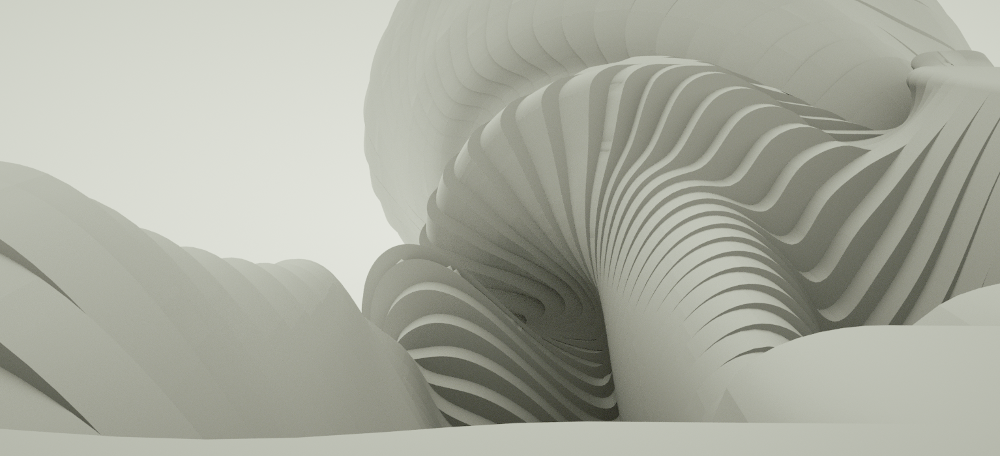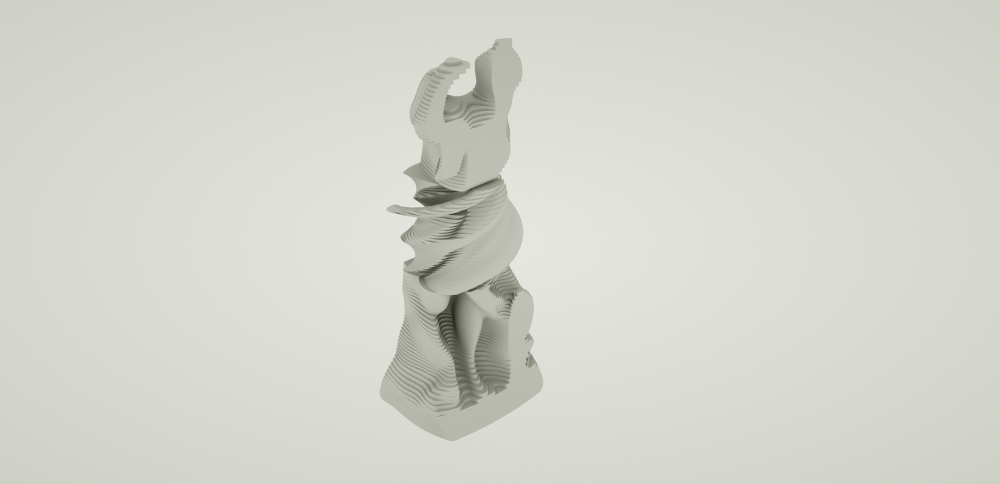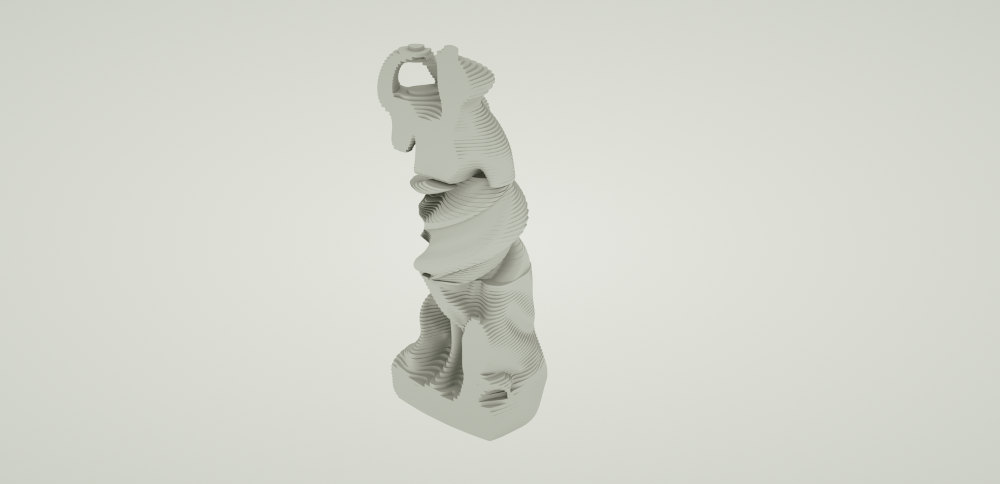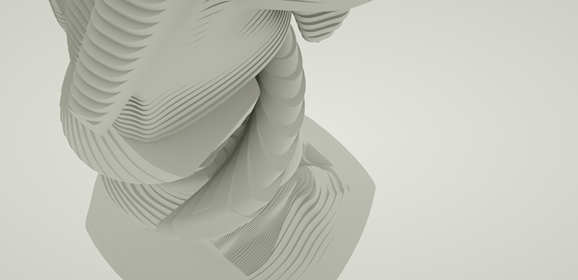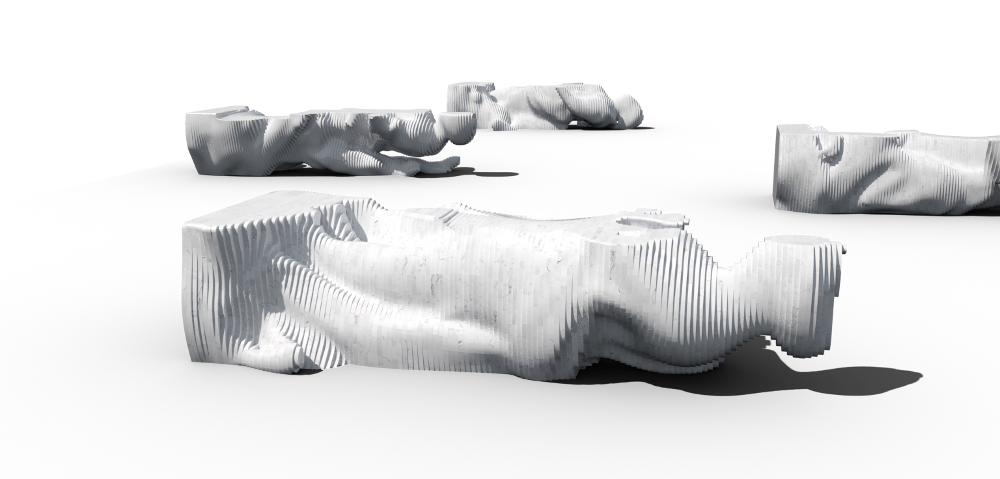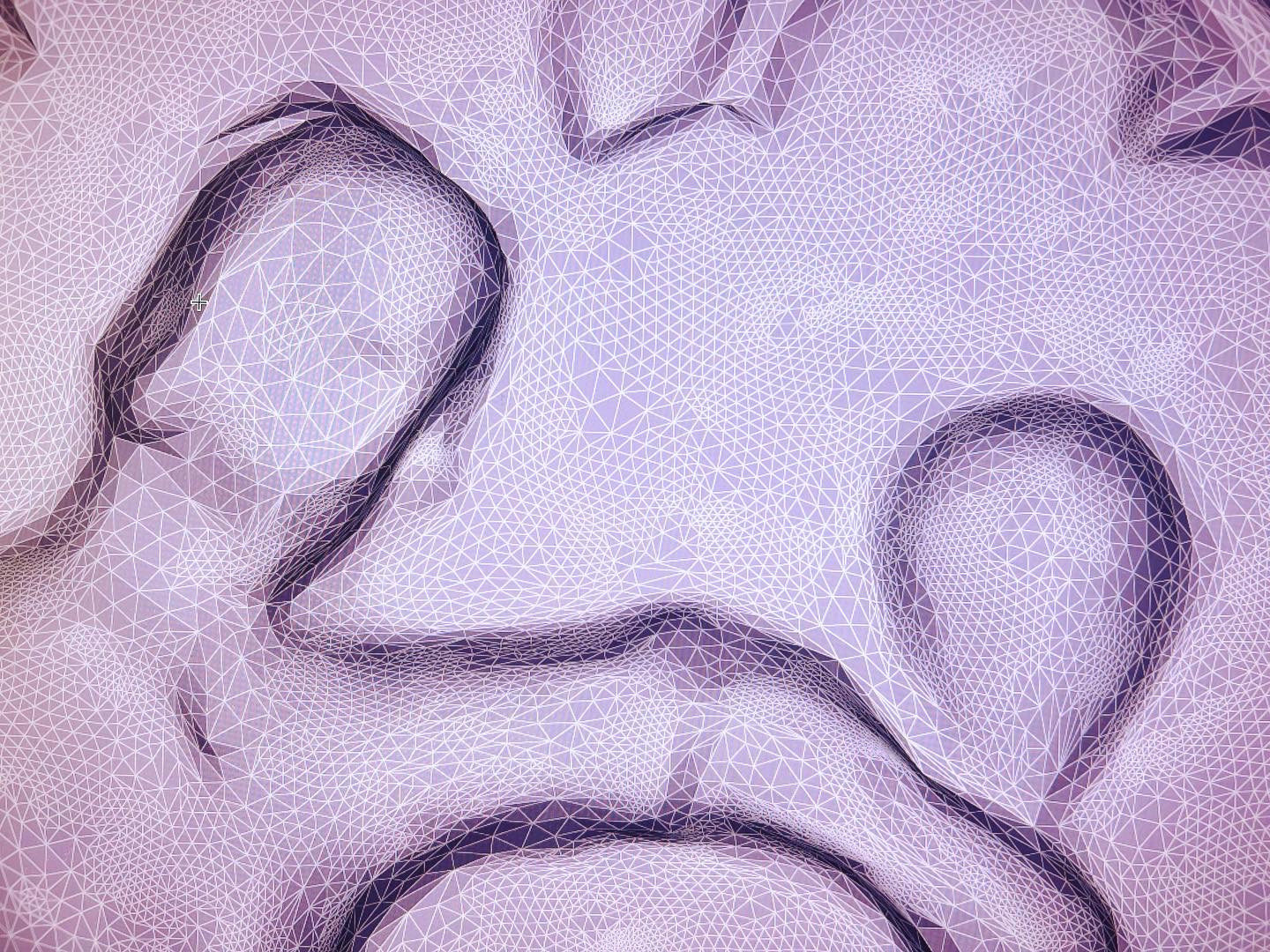
The Long Gallery – Landydrock House – Cornwall – UK
This project is just beginning and delivers a restoration story for the National Trust in the UK, we have been successful in our initial lidar scans and meshes for fabrication, the work will last three years.
Plasterwork represents significant part of the West Country’s artistic heritage during the Stuart period. Elaborate ceilings and mantelpieces were key in communicating complex views on religion, society, family, gender, and the environment. Made from readily available materials such as lime and horsehair, they represent a genuinely local practice of image-making in post-Reformation Britain.
The Long Gallery at Lanhydrock House with its 36 large narrative scenes on a 116 feet long and 20 feet wide barrel vault ceiling, has always been recognized as the centrepiece of this tradition. Despite its potential global significance, the ceiling is little-known beyond specialist circles and our knowledge of its commission, design, and making remains limited. The thirty-six scenes on the ceiling are distributed in twenty-four panels and they tell the early history of humankind from the creation of Adam until death of Jacob. Besides iconic scenes such as the Temptation, the first murder, or Abraham sacrificing Isaac, they were apparently interested in the story of Noah and the Arc, and the adventures of Jacob, which occupies half of the ceiling. The two mantelpieces and the lunette above the entrance show scenes from the life of David and they were directly influenced by continental prints. The ceiling was created after 1636 for John Robartes, who later became the first Earl of Radnor.
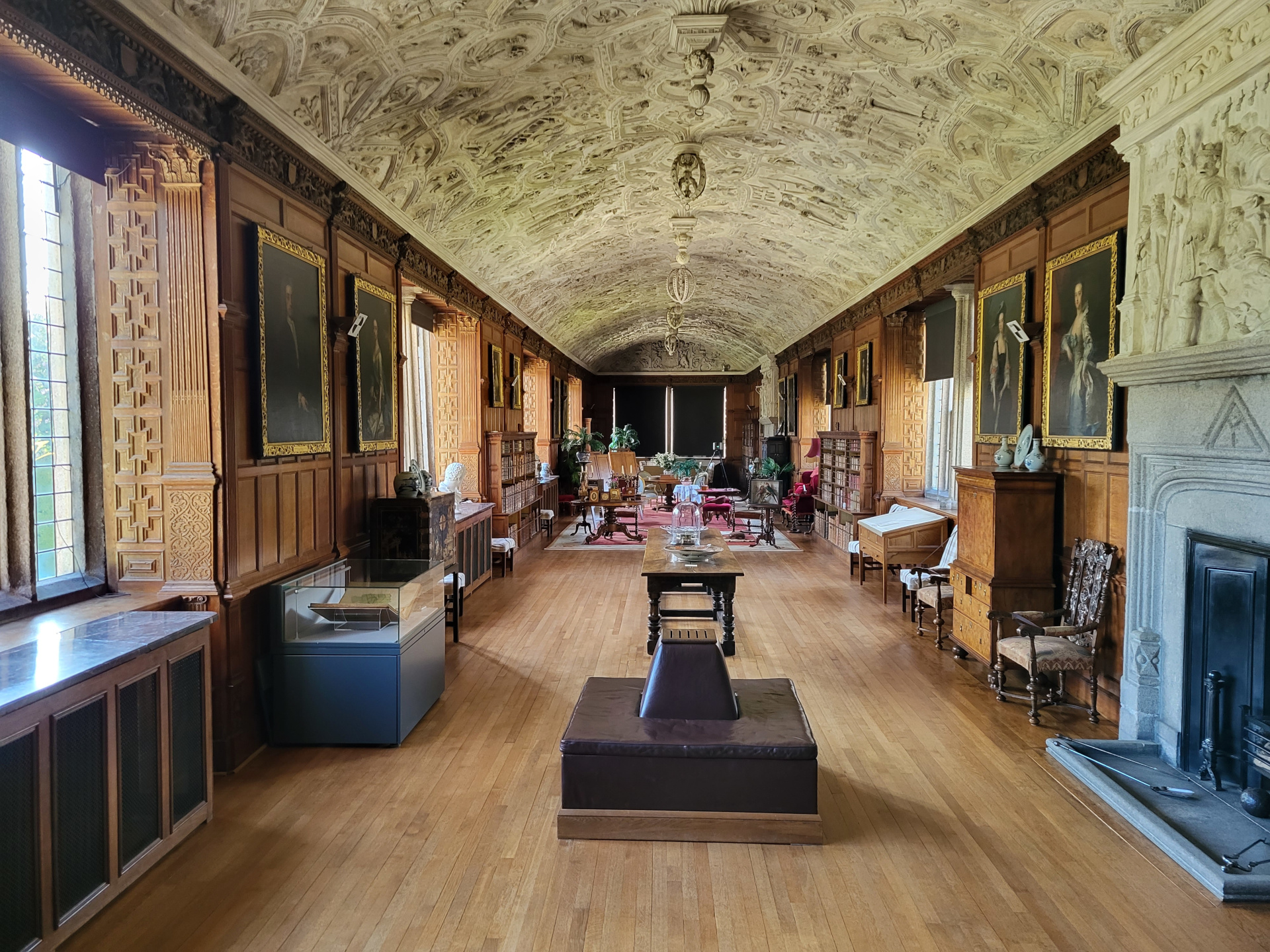
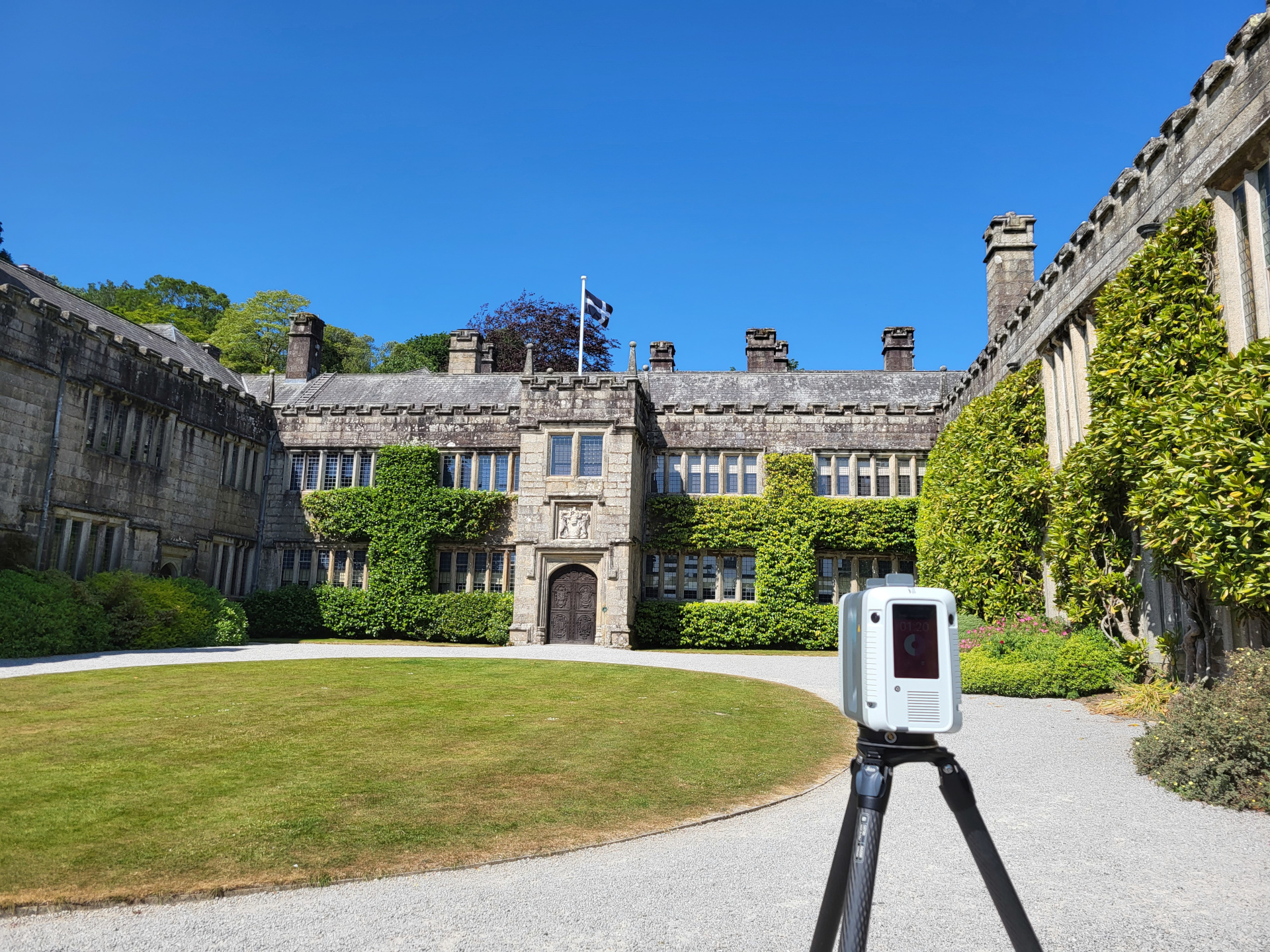
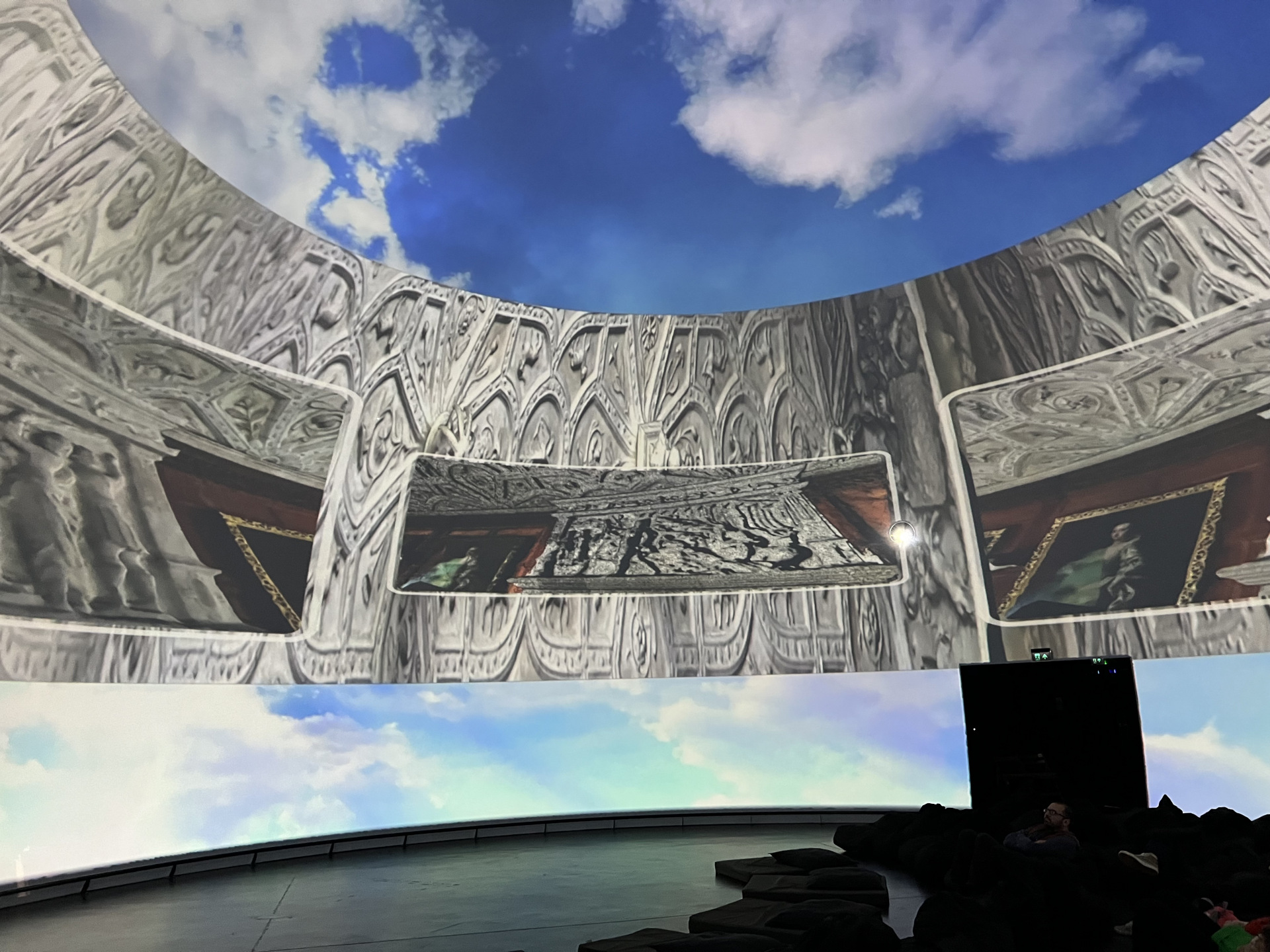
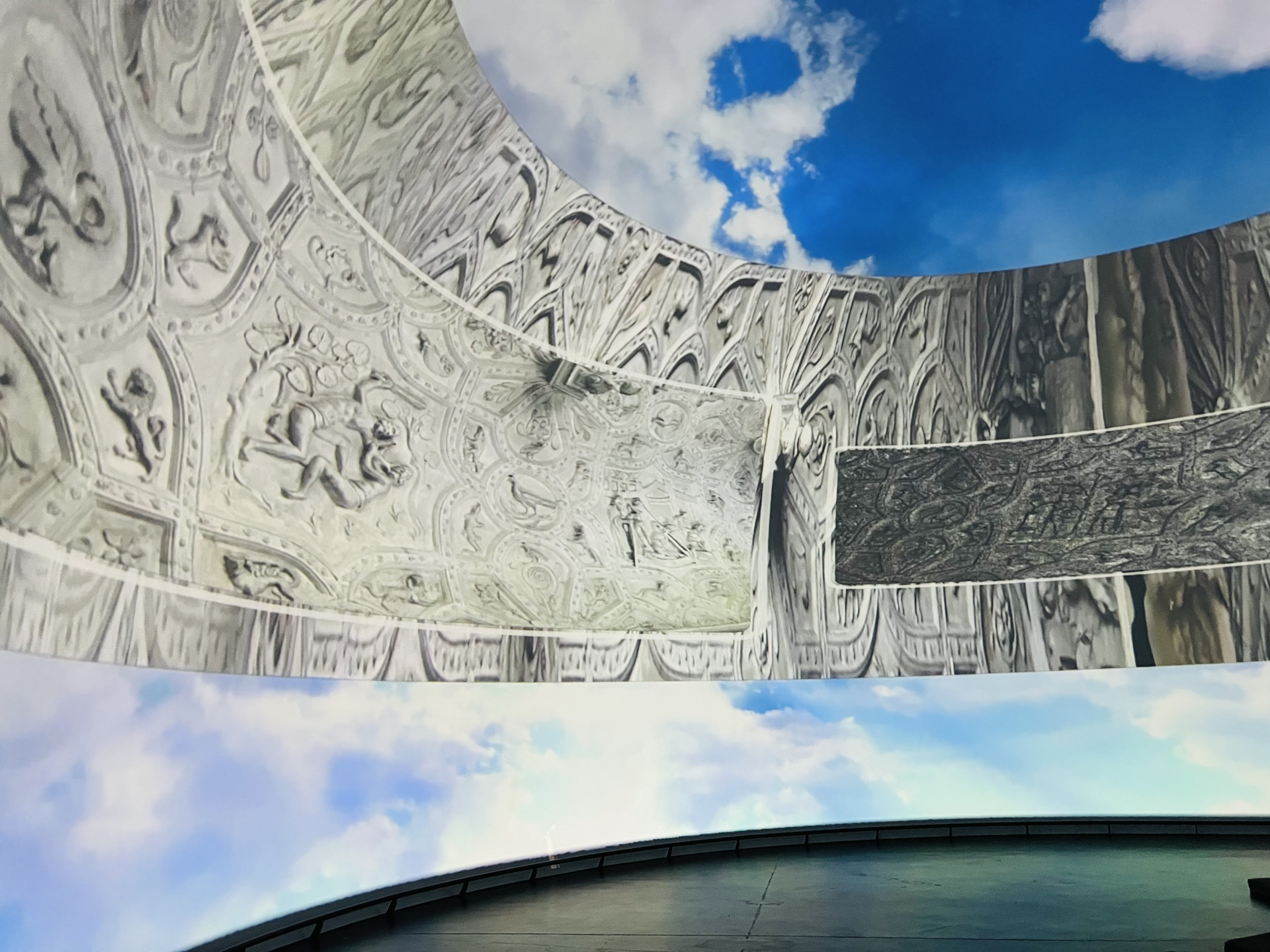
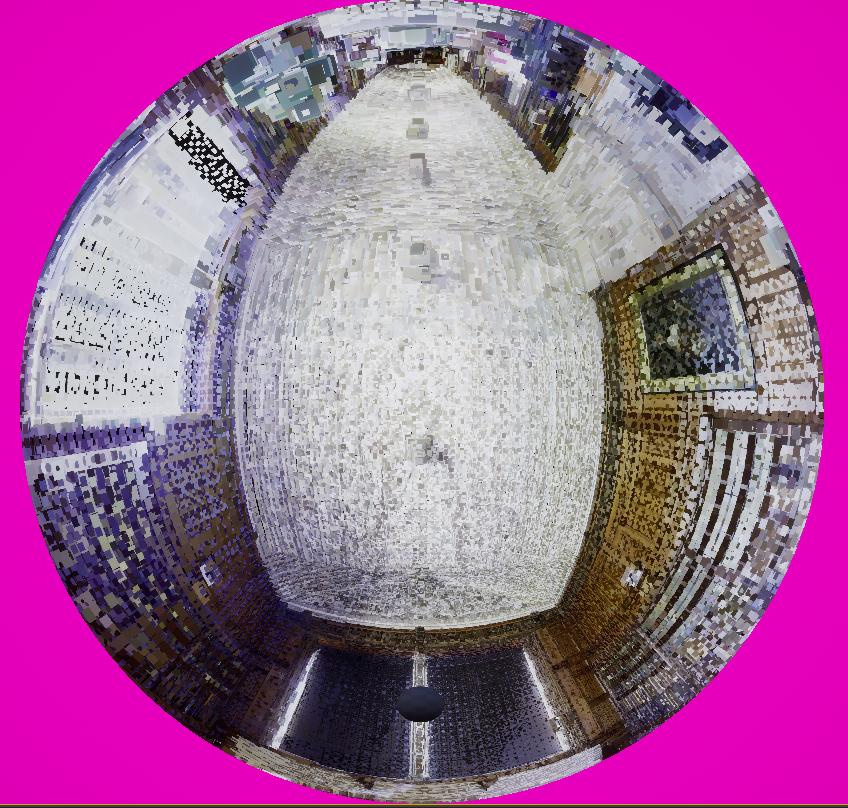
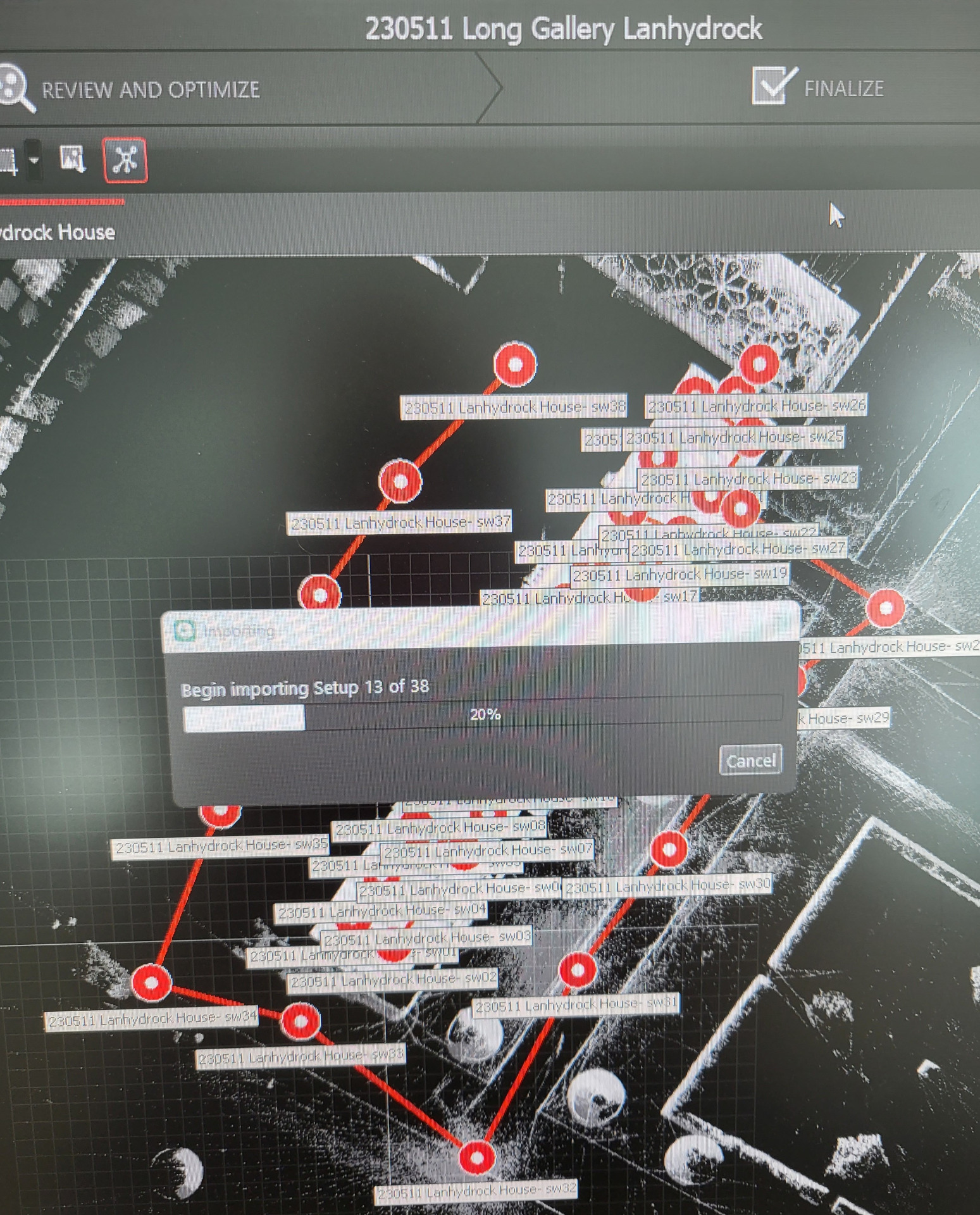
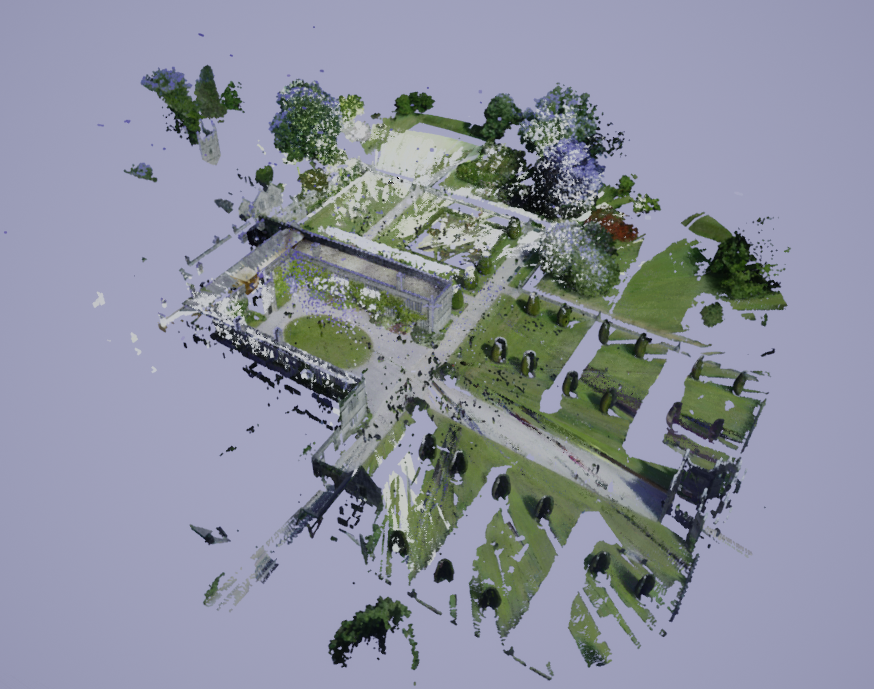

iMayflower
iMayflower was designed to build Plymouth’s creative industries and nurture creative people power across the city. Delivered by a consortium comprising the University of Plymouth, Plymouth City Council, Destination Plymouth, Mayflower 400, Plymouth College of Art and Real Ideas, the project includes a £3.5 million grant from the Department for Digital, Culture, Media and Sport’s Cultural Development Fund, which invests in creative, cultural and heritage initiatives that lead economic growth and productivity. This particular work keys into digital heritage and specifically working with people who are disadvantaged whilst visiting heritage sites. This research work has led onto working with health professionals who deal with trauma, using digital fabrication and immersive experiences to help their clients into recovery.
Current Practice
This research consists of a developmental sequence and installation of four large-scale experimental artefacts. The installation is intended to sit within the territory of art and design, and because of the original scanned artefacts elucidates questions around, identity, materiality, and the political implications inherent in heritage artifacts. These have been produced by working through an over-arching research question that investigates the creative potential of using 3D scanning and printing techniques (machine learning-IoT) not just to replicate/reproduce originals, but to transform scales and spaces and generate a new genre of design and sculptural artefact and assess its value.
